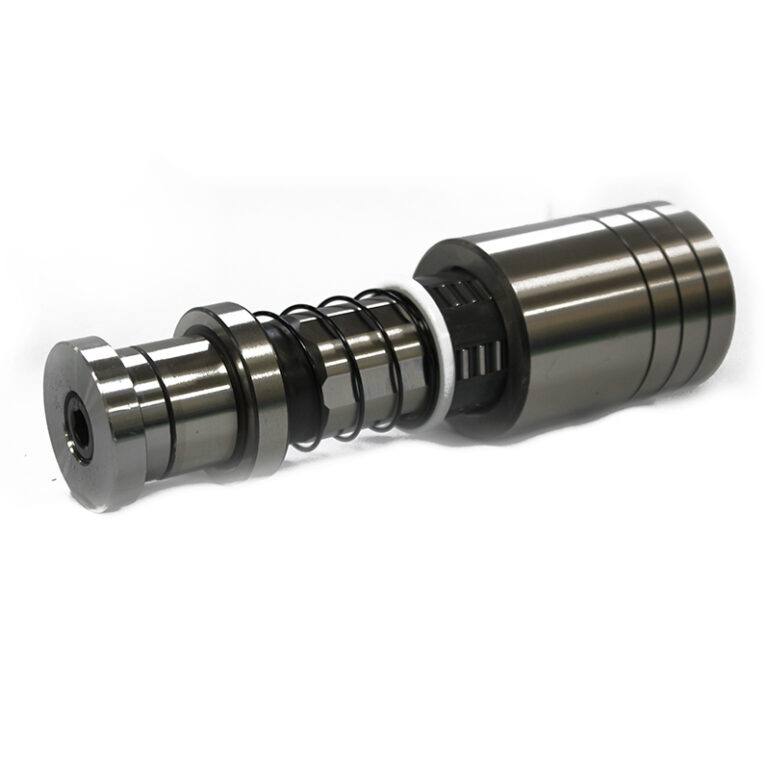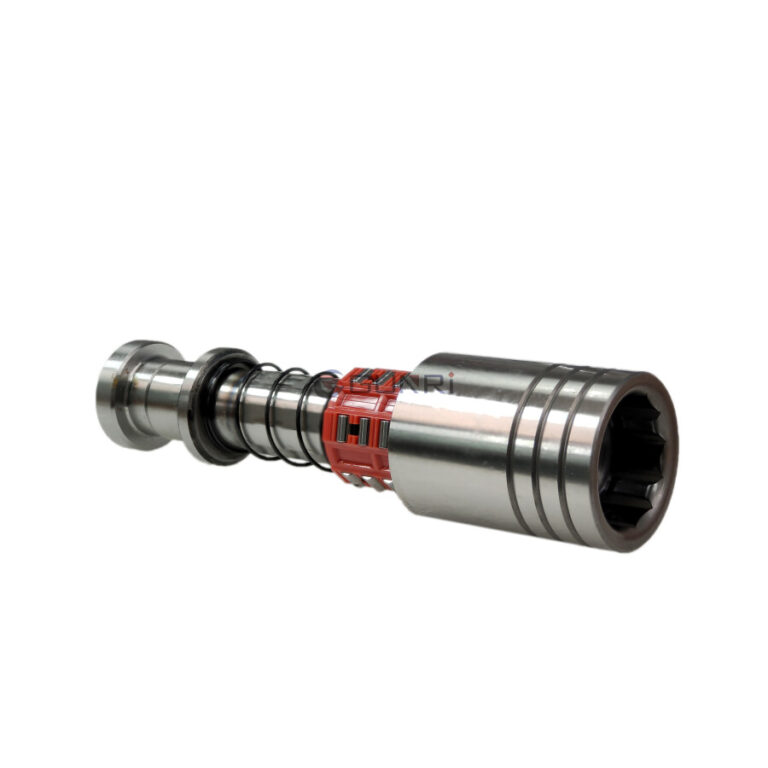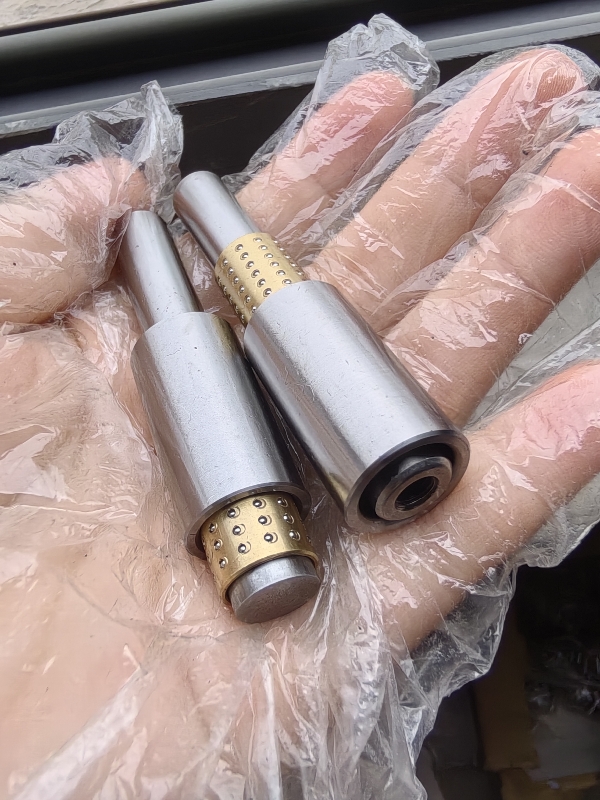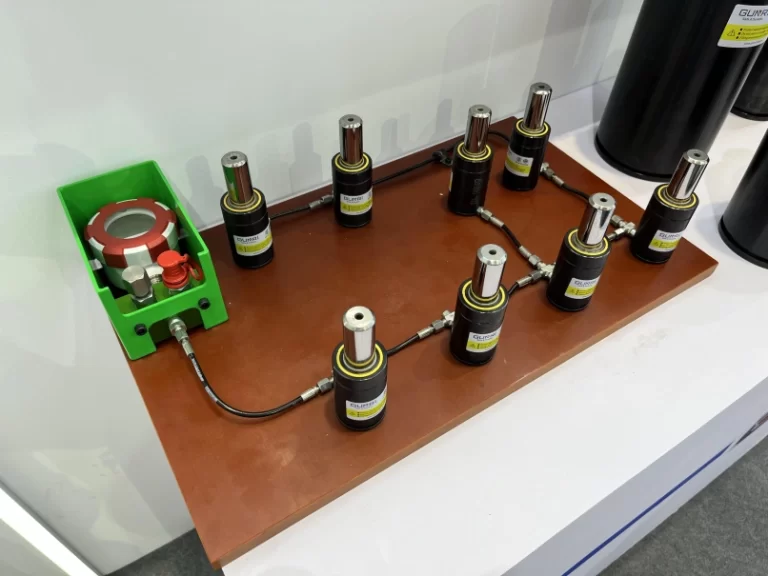Common Polishing Methods for Mold Components
Common polishing methods for mold accessories:
Mechanical Polishing
Mechanical polishing relies on cutting and plastic deformation of the material surface to remove polished protrusions and achieve a smooth surface. Common tools include oil stones, felt wheels, sandpaper, etc., primarily operated manually. For special parts like rotating surfaces, auxiliary tools such as turntables may be used. For mold accessories with high surface quality requirements, ultra-precision grinding and polishing methods can be employed.
Chemical Polishing
Chemical polishing involves dissolving the microscopically protruding parts on the surface of mold accessories in a chemical medium to obtain a smooth surface. This method’s main advantage is that it does not require complex equipment and can polish complex-shaped workpieces.
Electrolytic Polishing
The basic principle of electrolytic polishing for mold accessories is similar to chemical polishing, relying on the selective dissolution of tiny protrusions on the material surface to achieve a smooth surface. Compared to chemical polishing, electrolytic polishing can eliminate the effects of cathodic reactions, resulting in better outcomes.
Fluid Polishing
Fluid polishing relies on high-speed flowing liquid and its abrasive particles to scrub the surface of mold accessories for polishing. Common methods include abrasive jet machining, liquid jet machining, fluid dynamic grinding, etc.
Ultrasonic Polishing
Mold accessories are placed in an abrasive suspension and placed in an ultrasonic field. The oscillation of ultrasonic waves causes the abrasives to grind and polish the surface of the workpiece. Ultrasonic machining exerts minimal macroscopic force, preventing workpiece deformation, but the fixture fabrication and installation can be challenging.
Magnetic Grinding and Polishing
Magnetic grinding and polishing utilize magnetic abrasives to form abrasive brushes under the action of a magnetic field, grinding and polishing the workpiece. This method offers high efficiency, good quality, easy control of processing conditions, and favorable working conditions for mold accessories.







